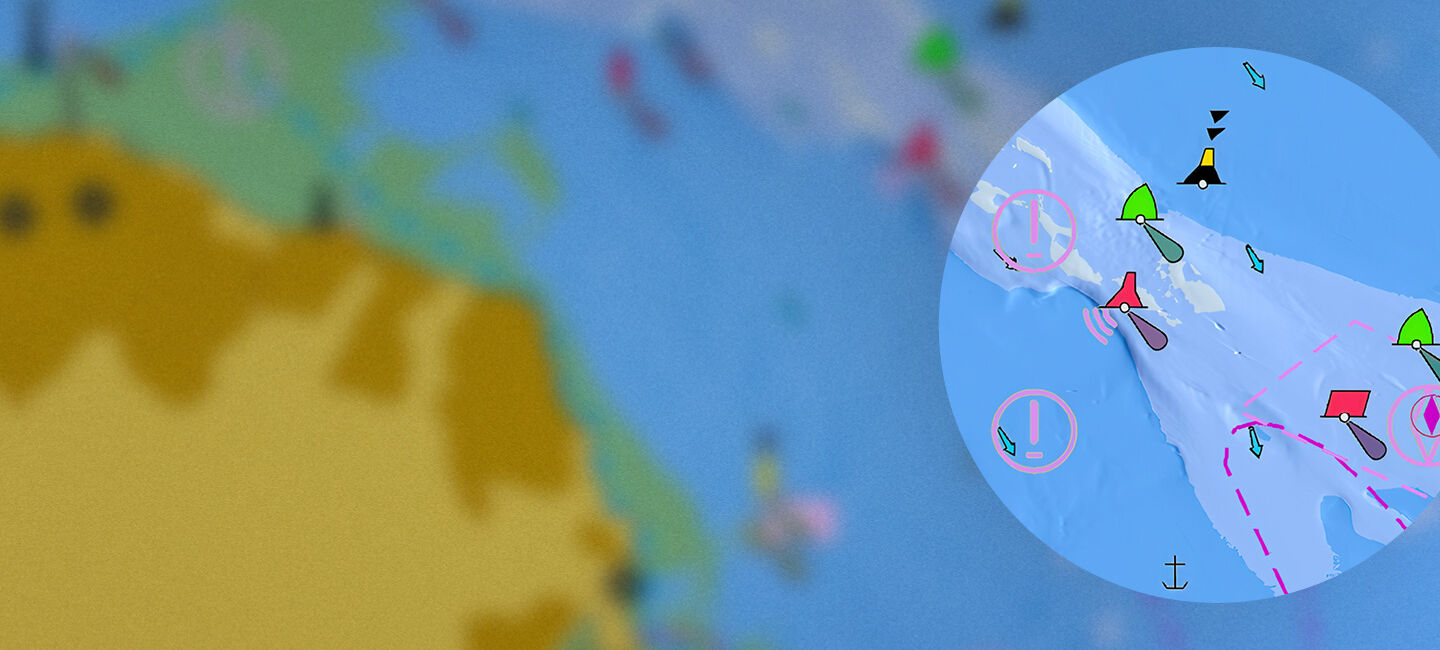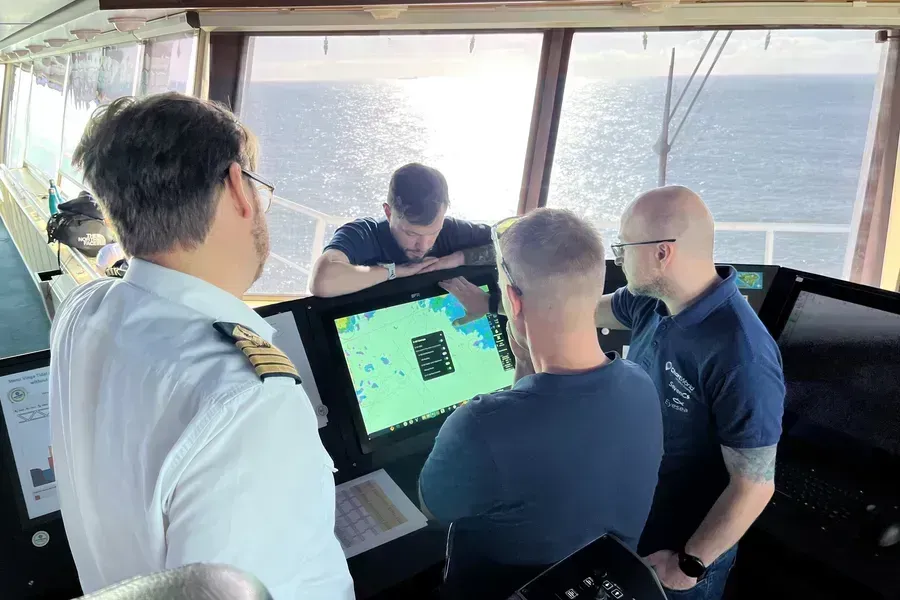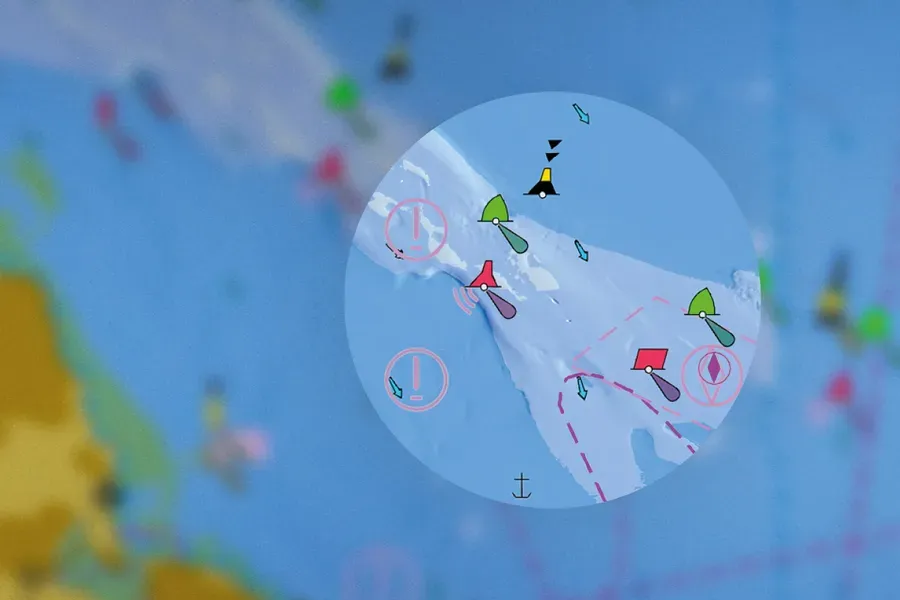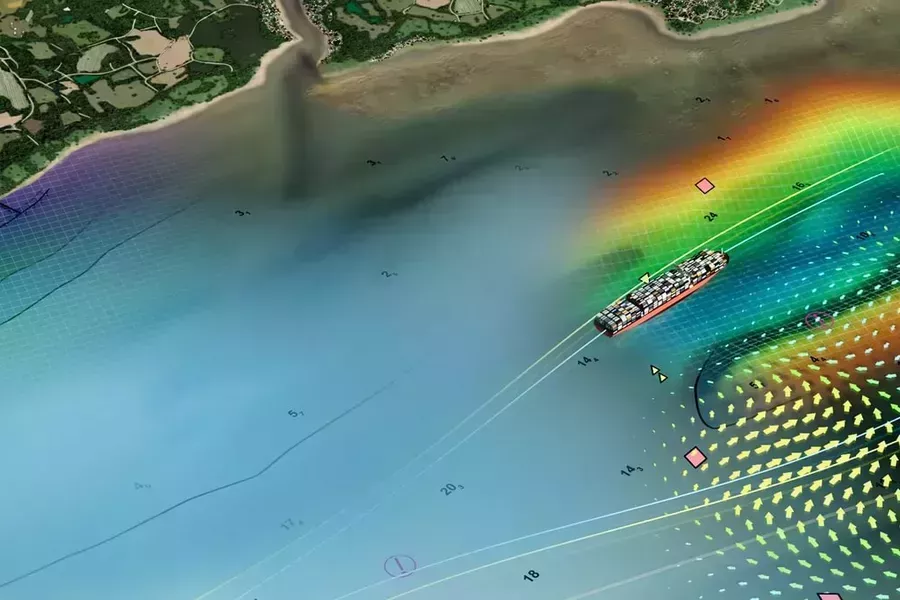At London International Shipping Week (LISW) 2025, the UK Hydrographic Office (UKHO) brought together mariners, data specialists, system manufacturers, and maritime professionals under the banner of S-100 in focus.
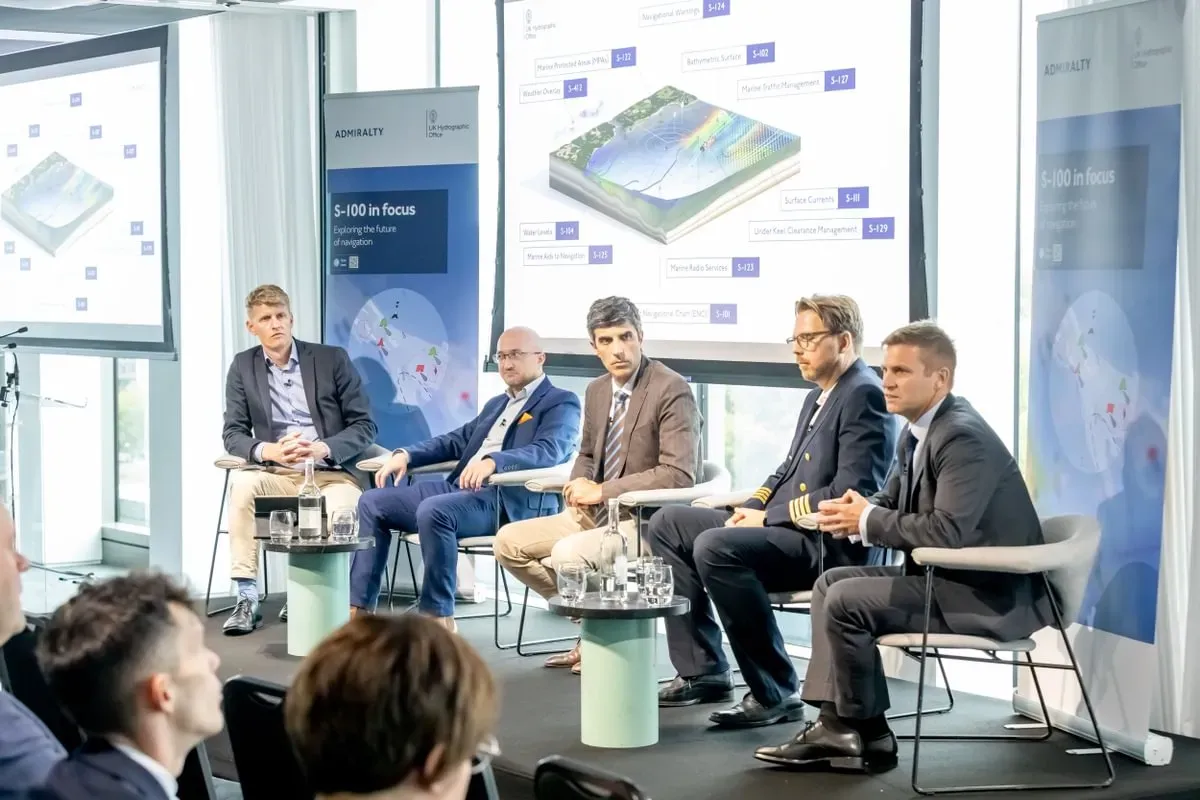
From trial voyages to training challenges
This session explored how the S-100 data framework will shape e-navigation and what S-100 could mean in practice, based on sea trials, training and system development. The panel highlighted progress across testing, training and technology — while recognising areas where more work is needed.
S-100 in focus also gave the UKHO the chance to share early insights from its S-100 sea trials. These trials, which are being conducted aboard the M/V Stena Vinga, are designed to test how new S-100 data products will work in operational settings. They are exploring how datasets such as S-102 high-resolution bathymetry and S-104 and S-111 tidal information can be used on the bridge, and how systems and connectivity perform under live conditions.
From the moment Captain Johan Karlsson described his experience at sea, it was clear that S-100 is moving from planning into proof of concept. He spoke of navigating through challenging channels, where tides and water levels directly affect arrival- and departure schedules.
Body"When you can see tides and currents as part of the picture, you gain confidence, but only if the system is clear and reliable."
His comments underlined both the potential of S-100 data layers and the need for clarity in how they’re sourced, displayed and understood. Andy Murray, Director of Navigation Solutions at Raymarine/Chartworld, picked up the manufacturer viewpoint. He emphasised that greater complexity must be matched by usability.
“We need to ensure mariners get a consistent, intuitive picture, not just more data. If displays differ between systems, confidence will be lost.”
This balance between richer data and clarity of display came up repeatedly during the discussion, with further audience questions later returning to the human element of training.
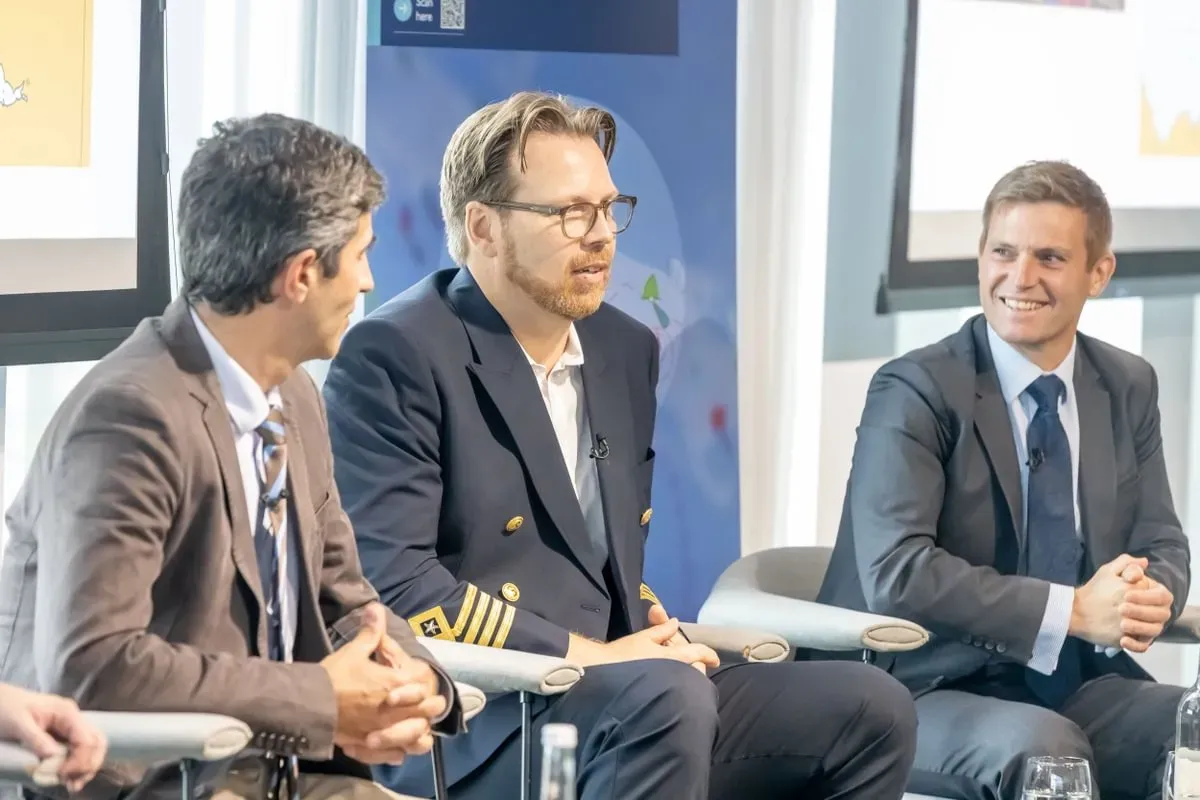
S-100 sea trials and real-world testing
The UKHO has been conducting sea trials aboard Stena Vinga to test how S-100 data products could work in real conditions. These trials explore how new datasets, such as high-resolution bathymetry and tidal information, can support safer and more efficient navigation.
Captain Karlsson reported that these high-resolution seabed profiles made a tangible difference when navigating near shallow and shifting seabeds. He also noted the enabling impact of improved connectivity:
With recent installation of Starlink on the Vinga, the receipt and processing of S-100 files mid-Channel was much more positive than expected.
Questions from the floor
Audience questions helped shape the discussion, surfacing areas where further clarity and collaboration will be important. Questions also turned to timelines for system readiness. Andy offered his perspective on when type-approved S-100 ECDIS could realistically be expected:
Body“Type approval, my gut feeling is 2028. I think we can achieve it if the whole industry is working together. We can achieve a 2028 timeline for type-approved ECDIS. That does not leave a lot of room for error… but we’ve got a margin before the 2029 date.”
He linked this view to the IMO Performance Standards, which allow for S-100 ECDIS to be fitted from 2026, with mandatory fit for new ECDIS installations from 2029. His estimate suggests that type-approved systems could realistically be ready before that deadline, giving manufacturers a narrow but valuable window for testing and refinement.
Another delegate asked about sharing of passage and pilotage plans between ports and ships. Thomas Mellor noted that this is under active discussion at the IHO, with further updates expected at the IHO Council later this year. Connectivity was also raised by the audience. Thomas suggested interim approaches such as pre-loading data in port with incremental updates at sea, complementing the improvements already seen during the Stena Vigna trials, where new low-earth-orbit satellite services supported the reliable transfer of S-100 files.
Data and standards
The discussion also highlighted how the value of S-100 depends on the quality of underlying survey data. Thomas explained that the benefits of products like S-102 rely on modern, high-resolution surveys, and pointed to recent work in areas such as Jersey as an example of where new multi-beam data is already improving navigational confidence.
Body“If the source data is old, S-100 won’t make it new – but where new surveys exist; the system can use them to full effect. By new surveys, I mean you need high-resolution bathymetry to produce S-102. You can only get that from multi-beam echosounder surveys. But do that and you have full seafloor coverage.”
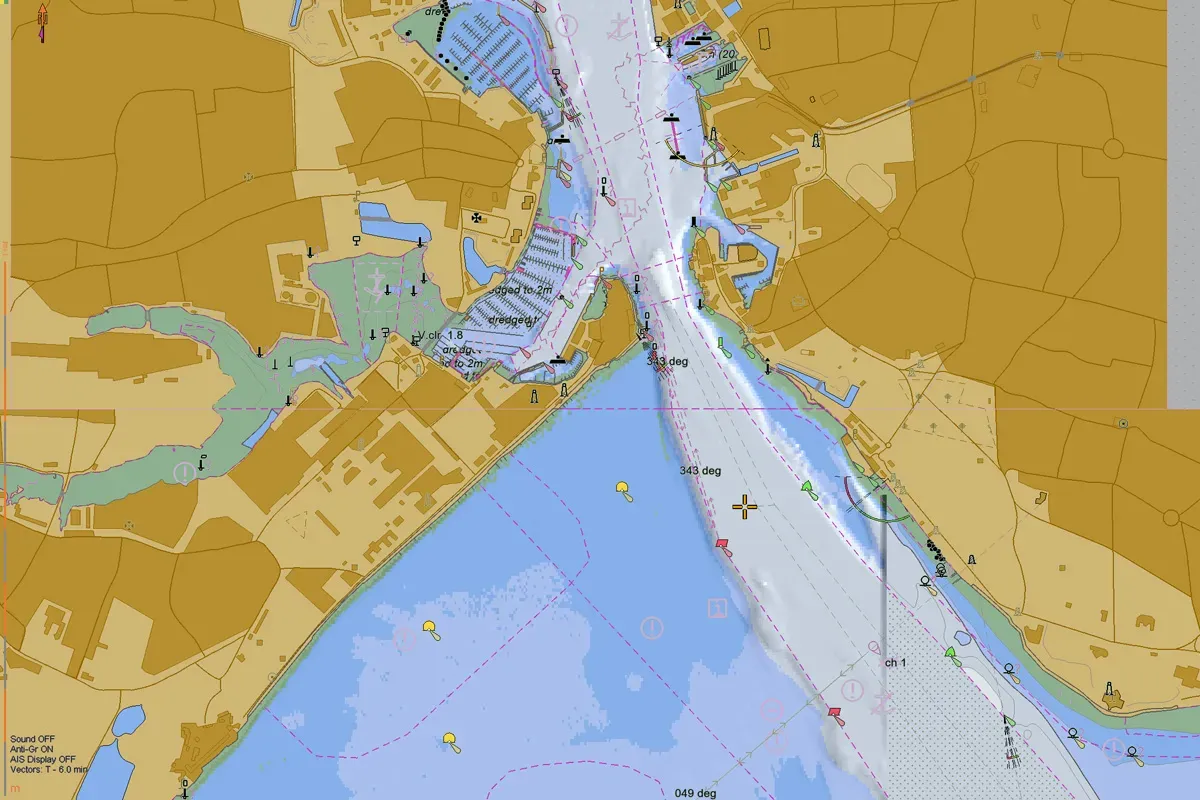
ECDIS and system readiness
Panellists noted that OEMs are now developing new ECDIS systems to meet the S-100 framework. Andy underlined the importance of interoperability and consistency across platforms: If displays differ between systems, confidence will be lost.
- Image: S-102 over S-101 with interoperability level 1 and sun illumination. (Credit: OSI)
Training, human factors and dual standards
Training emerged as one of the defining themes of the panel. Antonio Di Lieto, Manager of Simulation Studies at CSMART, reminded audiences that minimum compliance with minimum standards will not be enough on its own:
Body“We need to go beyond familiarisation with new ECDIS software. We must train mariners to interpret new data layers, to know what they’re seeing and why it matters.”
The discussion turned to how training will need to adapt during the transition. There will be a period when both S-57 and S-100 charts are in use, which is often called the ‘dual-fuel’ era. This is because from 1 Jan 2029, all new ECDIS fitted will need to be S-100 compliant, but S-57 data will continue to be supported for many years during the transition period. From 2029, OEMs are expected to ensure their systems can display both standards in parallel. For crews, this means becoming familiar with interpreting information presented under both frameworks.
Andy noted that the first step, the move to S-101 next-generation ENCs, is designed to feel consistent with current ECDIS use, keeping the experience familiar for mariners even as new capabilities are added beneath the surface.
Body“If you start with S-101, there’s not really a lot of differences about consistency with what we have before. So it’s not a jarring change for the mariner. Where it starts to get really interesting…is when you’ve got the S-102 and S-104 data.”
Thomas added a practical example of how training is already evolving in the UK to prepare for this dual-standard era:
Body“In the UK, we’ve changed our training for cadets, where we moved to ECDIS first… as we bring in S-100, the transition will be much easier to achieve because we have that basis now.”
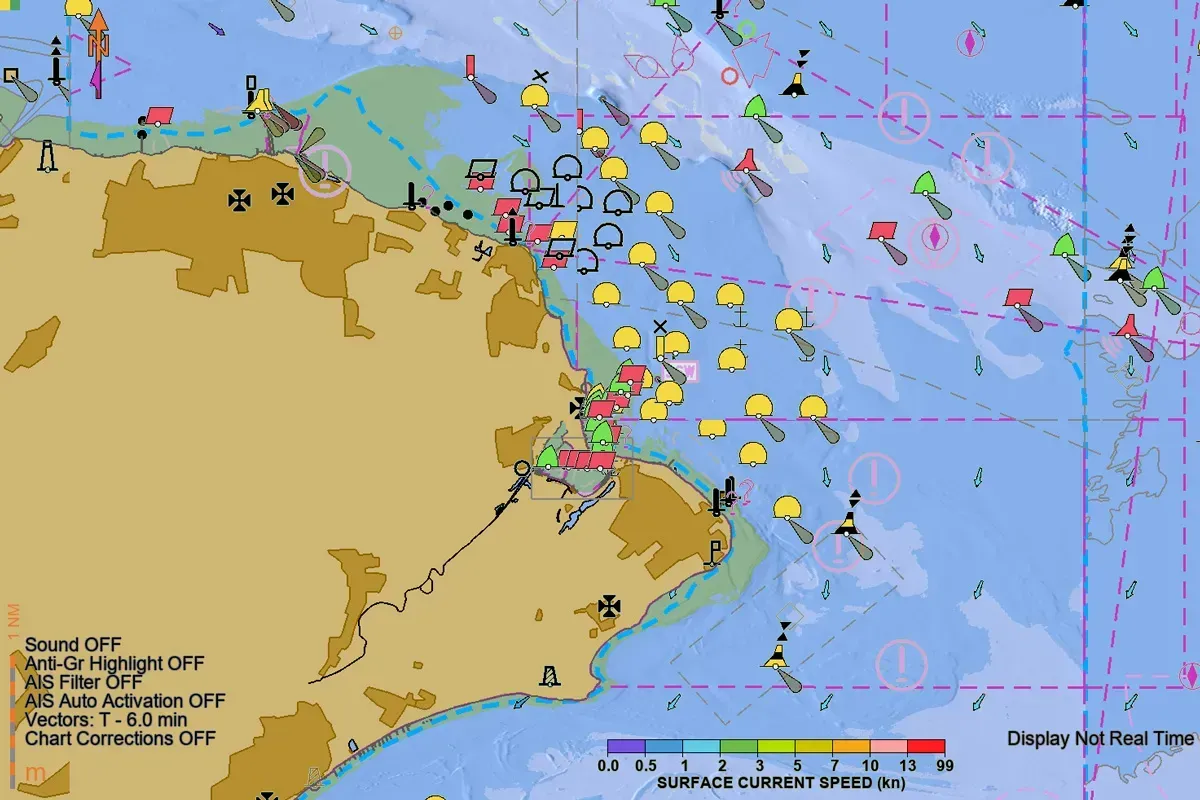
Together, these perspectives showed that while ECDIS training is already a requirement, the transition to S-100 will mean ensuring mariners can recognise and make use of the new display elements. With existing foundations in place, and steps already being taken by training providers and system manufacturers, the shift should feel like an evolution rather than a burden.
- Image: Solent showing S-101, S-102 and S-111.
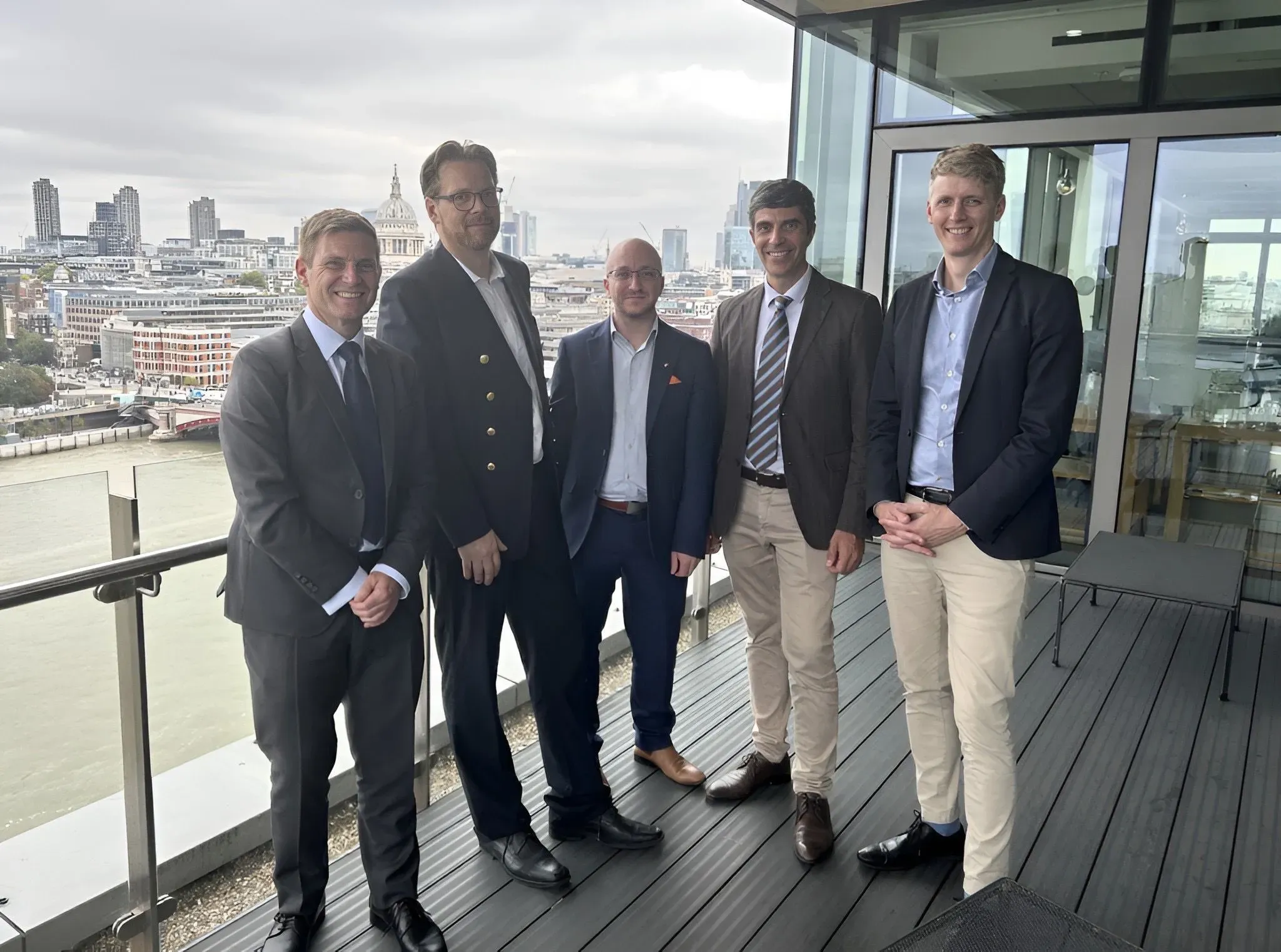
What comes next
The S-100 in focus panel at LISW25 showed how the transition is progressing: proofs of concept are underway, system development is advancing, and key questions are beginning to be resolved. At the same time, industry awareness and readiness vary, and further collaboration will be essential.
For its part, the UKHO will continue to provide assurance and clarity. Just as it supported the industry through the last major transition to S-57, the UKHO is committed to helping all stakeholders prepare for S-100.
The path forward includes sharing expertise, engaging with international partners and providing clear, authoritative information on how the new framework can be applied. The task now is to keep building confidence: showing how S-100 can work in practice, ensuring mariners have the support they need, and helping the industry move from preparation into adoption.
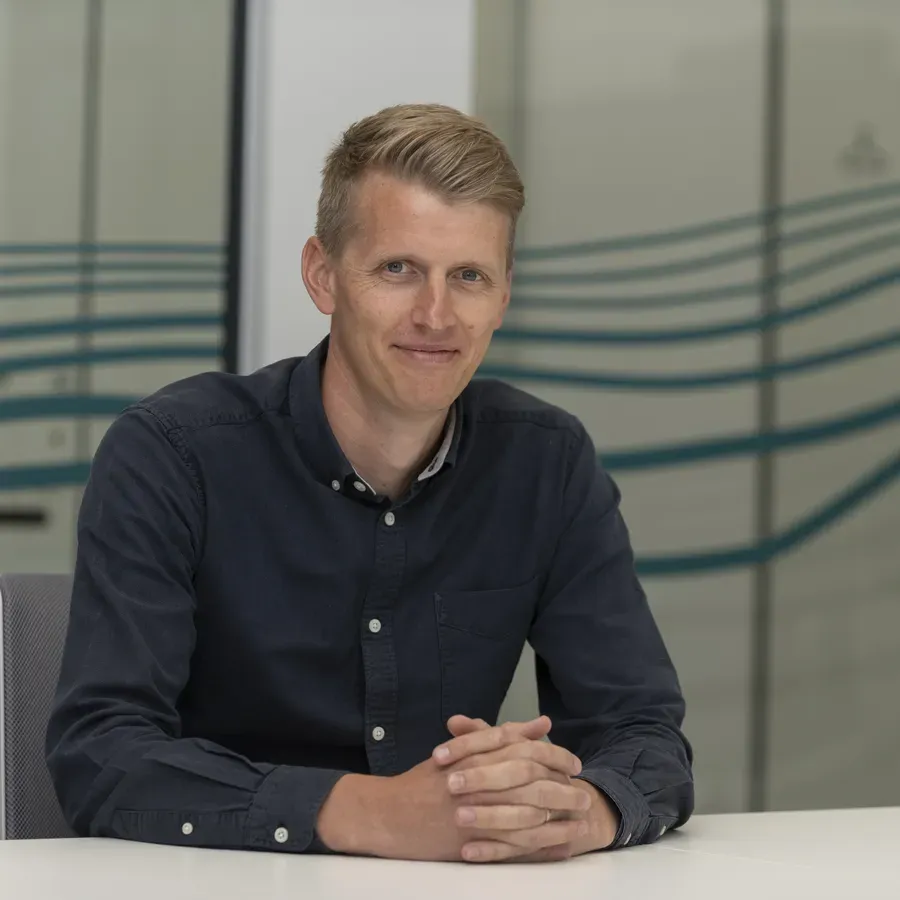
Name
Guy Mock
As Head of Customer Experience, Guy represents the voice of the customer across the UKHO. After joining the UKHO in 2013, Guy has since managed and developed a breadth of teams across the Customer division including Channel and Licensing, ADMIRALTY Asia Pacific, Market Insight, Customer Services and Technical Product Management. In his current role, Guy now works with colleagues to ensure a world-class service provision to our customers and end users across the globe.
Subscribe to keep updated on S-100
We extend our thanks to guest panellists Andy Murray, Antonio Di Lieto, Captain Johan Karlsson, and to UKHO expert Thomas Mellor for leading the conversation. Thanks also to the attendees whose thoughtful questions prompted much valuable discussion, opportunities and interest.
If you would like to keep updated on the UKHO's latest developments with regards to S-100 standards and the next generation of navigation, subscribe using the link below.


